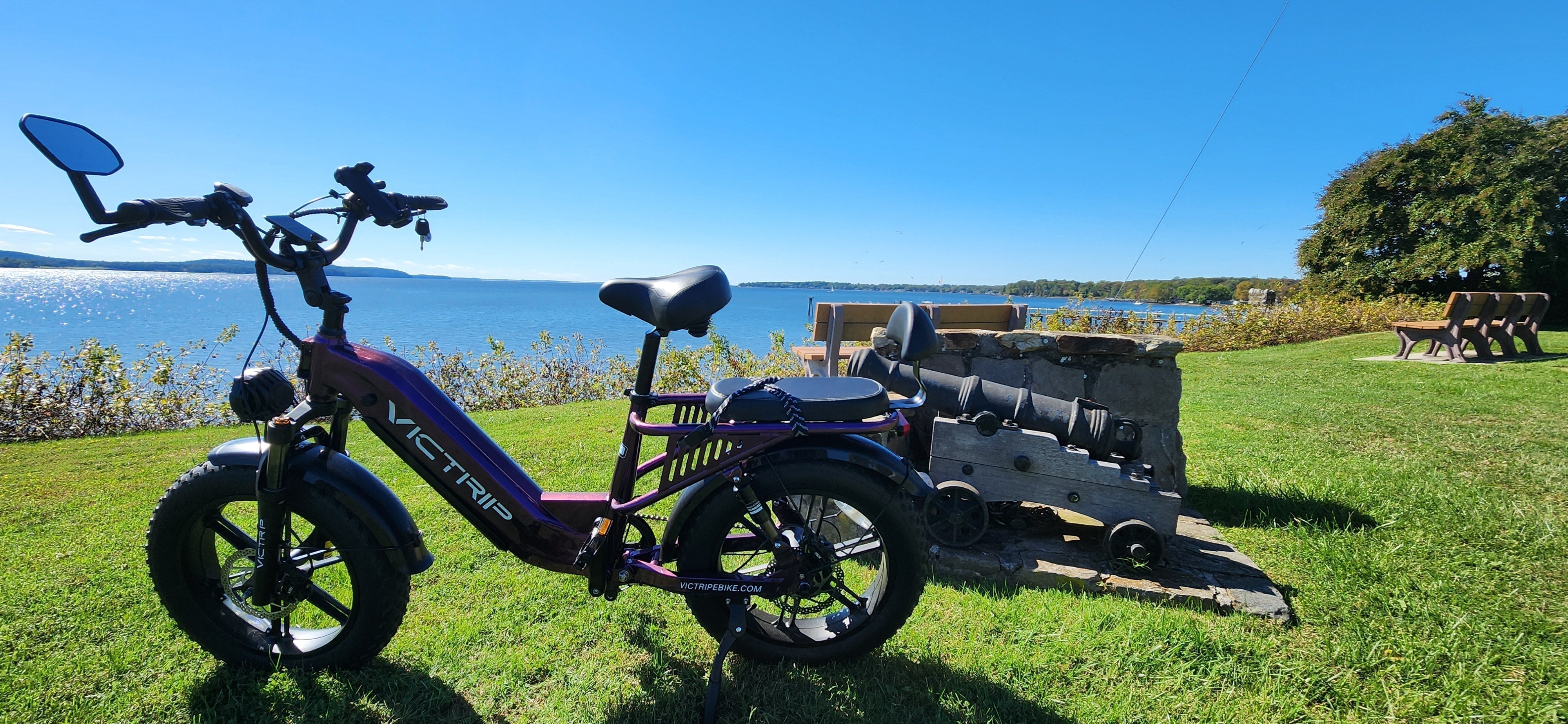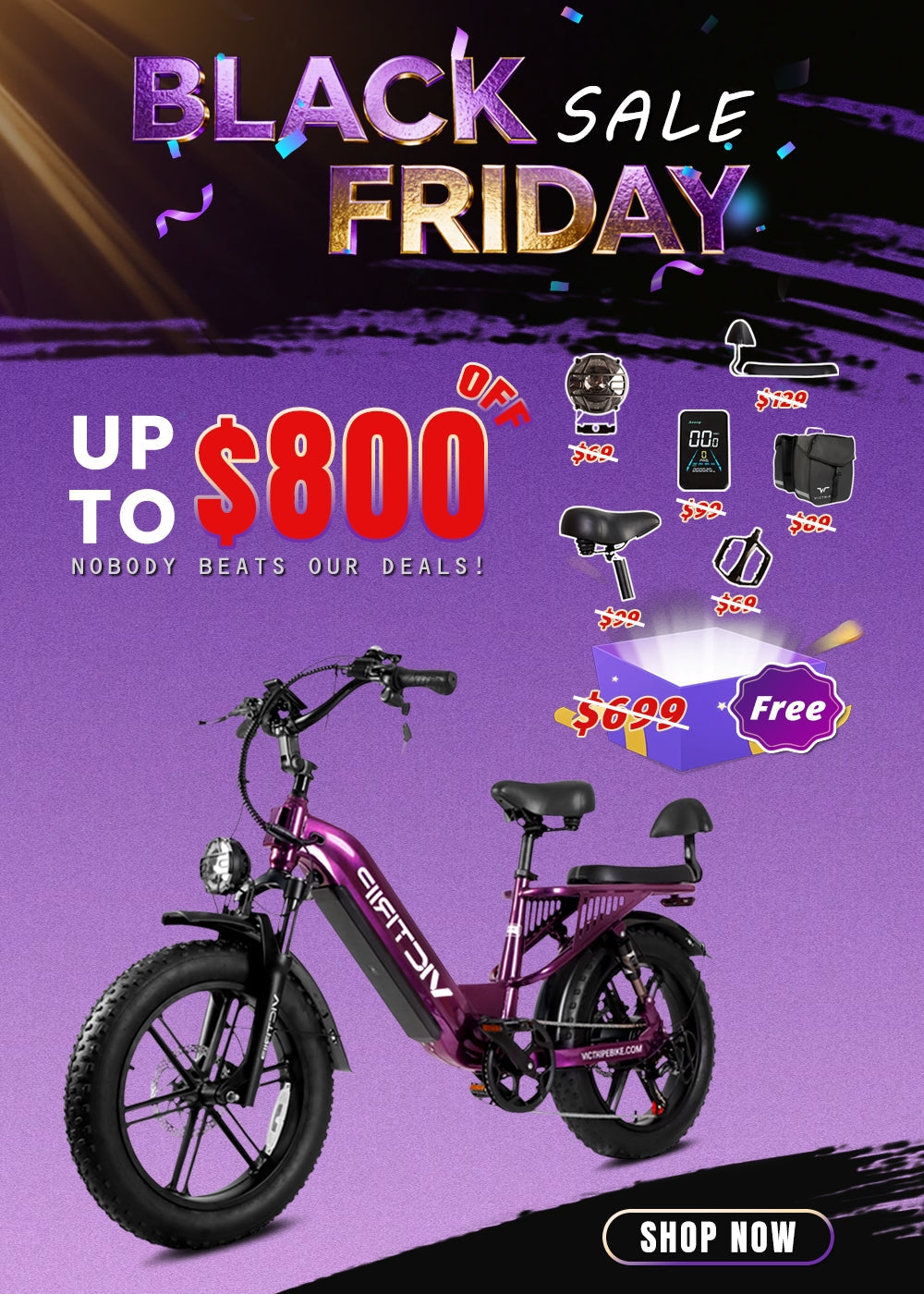
Electric Bicycles With Torque Sensors are reshaping what it means to ride an e-bike: they translate a rider’s actual pedaling force into proportional motor assistance, producing a smooth, intuitive, and efficient experience. In this article we’ll dissect how torque sensors work, compare them with cadence systems, list seven transformative advantages, and offer practical buying guidance for commuters, fitness riders, and cargo haulers alike.
What is a torque sensor?
A torque sensor is an electronic/mechanical device that measures the twisting force (torque) applied to a crank, spindle, or axle during pedaling. Unlike cadence sensors that measure only how fast you pedal, torque sensors detect how hard you pedal and relay that information to the motor controller. The controller then supplies power proportionally — more effort by the rider = more motor assistance, and vice versa. This proportionality is the core differentiator that creates a natural, bike-like feel. Scientific and engineering treatments of torque-measurement for e-bike control exist in the literature and show how torque feedback improves assistance algorithms.
How torque sensors measure pedaling force
There are a few common implementations:
-
Strain-gauge torque sensors in the bottom bracket or crank measure tiny deformations and convert them into electrical signals processed by the controller.
-
Through-axle or dropout-mounted sensors detect twist between frame parts.
-
Motor-integrated torque sensing (seen in some mid-drive systems) reads reaction torque at the motor’s input shaft.
These sensors output an analogue or digital torque value; the controller maps that value to a motor torque command, often filtered and scaled to achieve desirable acceleration and feel. Modern designs account for external loads (hills, wind, cargo) to produce predictable assistance.
Torque sensors vs cadence sensors: the practical difference
Cadence sensors are simple and inexpensive: they detect rotation and trigger a predetermined level of help when the cranks turn. That design is cheap and can feel effortless — but it often results in on/off or stepped assistance that can feel abrupt or disconnected from rider intent.
Torque sensors, by contrast, modulate assistance continuously and proportionally. That leads to:
-
More natural acceleration, because the motor augments your pedaling effort rather than simply turning on full blast.
-
Better responsiveness on variable terrain, because the motor responds to increased torque when climbing and backs off when coasting.
-
A generally more “bicycle-like” interaction, preferred by riders who value control and subtlety.
7 Transformative advantages of torque-sensor e-bikes
Below are seven concrete ways Electric Bicycles With Torque Sensors change the ride — each advantage includes practical implications.
1) Natural, bike-like pedal assistance
Because torque sensors measure applied force, the motor output closely follows rider effort. This proportional assist mimics the dynamic feel of a human-powered bicycle, making transitions smoother and pedaling feel more intuitive. Riders report that torque-sensor bikes "feel like a real bike with an extra muscle" rather than a motor that takes over.
2) Smoother acceleration and better control
A torque-based system ramps motor power based on measured torque, avoiding the surges and lags common in cadence-triggered systems. The result is smoother hill starts, less wheelspin on loose surfaces, and finer throttle behavior when a throttle is present. For commuters and urban riders this translates to safer, more predictable starts and merges.
3) Better hill-climbing and handling variable loads
Torque sensors detect increased effort when a slope or load (like cargo or a passenger) is encountered and proportionally increase assistance, so riders experience consistent cadence and reduced strain going uphill. Research into torque-measurement and control shows that torque-aware controllers can handle varying external loads more effectively by optimizing motor output against pedaling torque and environmental resistance.

4) Improved energy efficiency and longer range
Because the motor supplies only the assistance required by the rider’s effort profile, torque-sensor systems avoid unnecessary power bursts — which can save battery energy. Industry analyses and manufacturer data often report better real-world range for torque-sensor e-bikes compared with cadence-only systems under mixed riding conditions. While exact figures vary by terrain and riding style, typical efficiency gains are frequently cited in the 10–25% range in real-world comparisons.
5) Enhanced rider safety and predictability
Predictable power delivery reduces surprises during acceleration and deceleration. That predictability helps with urban maneuvers, close-quarters riding, and tight climbs where sudden bursts of motor torque would be dangerous. Torque-sensor bikes also pair well with regenerative braking strategies and advanced controller algorithms that can coordinate motor and brake behavior.
6) Greater compatibility with gear systems
Torque-sensor systems that pair with gear sensors or automatic shifting can optimize assistance across gear ranges for efficient cadence and power. That makes them particularly useful on multi-gear cargo bikes or touring setups, where drivetrain management and motor assistance must be harmonized for long-range riding and heavy loads.
7) Increasing adoption by premium and commuter models
Torque sensors are no longer exclusive to boutique e-bikes. Major mid-drive systems (Bosch, Shimano STEPS, and some proprietary motors) integrate torque sensing, and several mainstream manufacturers offer torque-sensor models — evidence that the market values the improved ride feel and efficiency. This adoption is visible across commuter, cargo, and higher-end recreational categories.
Who benefits most from torque-sensor e-bikes?
-
Daily commuters who want smooth acceleration and predictable starts in traffic.
-
Fitness-oriented riders who want the motor to scale with effort for exercise.
-
Cargo and family-bike users who need dependable assistance with variable weight.
-
Touring riders who want efficient power use across long distances.
If you value a natural riding experience and efficient power use, a torque-sensor e-bike is likely a good match.
Cost, maintenance, and retrofit considerations
Torque sensors add complexity and cost. Many torque-sensor systems are integrated into mid-drive motors or require specialized bottom-bracket units, making retrofits nontrivial. Maintenance generally aligns with other mid-drive systems: periodic checks of the sensor calibration, bottom bracket service, and controller firmware updates. When deciding, weigh the premium against expected ride quality and the types of trips you take. For many riders the extra upfront cost is offset by improved range and satisfaction over time.
Choosing the right torque-sensor e-bike: checklist
-
Sensor type & placement: mid-drive torque sensing is common and effective.
-
Controller tuning/user modes: check for customizable assist maps.
-
Battery capacity vs efficiency: torque sensing helps, but battery size still matters.
-
Service network: choose a brand with local support for calibration and firmware updates.
-
Test-ride: ride in traffic and on hills to feel the assist behavior.
-
Gearing compatibility: ensure gearbox or derailleur works smoothly with the torque controller.
Real-world use cases and model examples
Several well-known systems and models now feature torque sensors — from VICTRIP commuter bikes to Shimano STEPS systems and some newer direct-to-consumer models adding torque hardware. Enthusiast reviews and reputable cycling outlets highlight that modern torque-sensor implementations improve ride dynamics in city and hilly terrain alike. For current model recommendations, check manufacturer spec sheets and recent roundup reviews.
Future trends: smarter controllers and adaptive algorithms
Controllers are getting smarter. Over-the-air updates, adaptive power algorithms, and better sensor fusion (torque + cadence + speed + gradient) allow e-bikes to learn and tune assistance for individual riding styles. Companies are rolling out software updates that refine hill-climbing and power delivery across a fleet of existing bikes, showing that the future of torque-sensor e-bikes blends hardware with continual software improvement.
Conclusion
Electric Bicycles With Torque Sensors improve the riding experience by delivering proportional, predictable, and efficient assistance that aligns with rider intent. While they tend to cost more and may require specific drivetrain or frame compatibility, the benefits — smoother acceleration, improved hill performance, and better energy economy — make them an excellent choice for commuters, cargo riders, and anyone who wants a more bicycle-like interaction with their motor. If you can test-ride a torque-sensor model in your typical riding environment, you’ll quickly feel the difference.
Further reading / external resources: For an engineering perspective on torque measurement and control, see the MDPI sensors paper on torque measurement and control for electric-assisted bikes.
FAQs
Are torque sensors worth the extra cost?
For riders who value natural feel, efficient battery use, and consistent hill assistance, torque sensors are usually worth the additional expense. Riders who prioritize low cost and simple commuting may still be satisfied with cadence systems.
Can I retrofit a torque sensor to my existing e-bike?
Retrofitting is possible but depends on the bike’s bottom bracket, frame compatibility, and motor type. Many torque-sensor upgrades require replacing the bottom bracket or motor unit, so evaluate cost vs buying a purpose-built torque-sensor bike.
Do torque sensors improve battery range?
Yes — by matching motor output to rider effort, torque sensors can reduce unnecessary power use and improve real-world range, especially on mixed terrain. Exact gains depend on riding style and terrain.
Are torque sensors suitable for cargo bikes?
Absolutely. Torque sensors excel with variable loads, making them ideal for cargo and family e-bikes where weight changes dramatically from one trip to the next.
Do torque sensors work with e-bike throttles?
Yes. Many systems combine torque-sensing pedal assist with throttles; the controller arbitrates how pedal effort and throttle input translate into motor torque for safety and compliance reasons.




Share:
Best Cheap Torque Sensor Ebikes to Grab This Black Friday